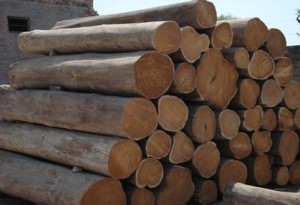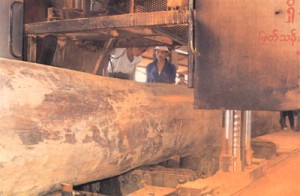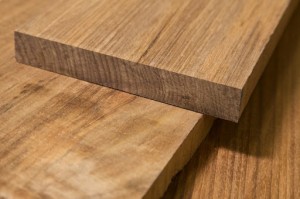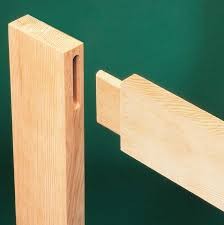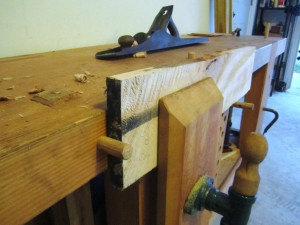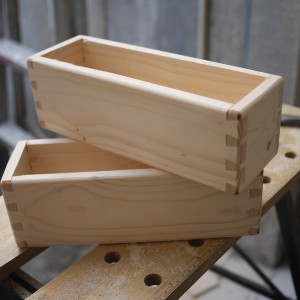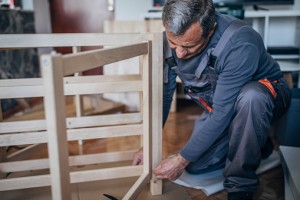Chair-making: one of of the most intricate pieces of woodwork
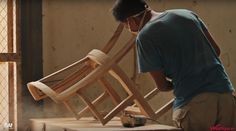 They might seem simple and unassuming, but manufacturing chairs is a separate branch in furniture making. This is because it involves odd angles and compound as well as awkward shapes, while simultaneously calling for maximum strength. After all, chairs are subject to more frequent strain than most other furniture. The focus is not just on design, but also on comfort.
They might seem simple and unassuming, but manufacturing chairs is a separate branch in furniture making. This is because it involves odd angles and compound as well as awkward shapes, while simultaneously calling for maximum strength. After all, chairs are subject to more frequent strain than most other furniture. The focus is not just on design, but also on comfort.
Assembly
Each part of a chair—the back, the seat, armrests, legs—is manufactured separately. The seat is usually created first, followed by the legs and the back. Additional parts such as armrests are then added.
ADDING UPHOLSTERY
For upholstered and cushioned chairs, stuffing or springs are set in place before the outer cover is attached. Once the finished chair is assembled, the manufacturer applies a finish to the wood.
Adding polish
This includes wood stains, oils or paints to bring out the beauty of wood, or finishes that lend anti-pest and water-resistant qualities. In some chairs, a polyurethane finish is applied to the wood to protect it from spills and scratches and make it durable. The fabric on a chair’s parts can also be treated with chemicals wherever applicable for stain resistance or other types of protection.
WE DELIVER OUR PASSION IN THE FORM OF FURNITURE
Furniture making is an art in itself, with longstanding traditions running deep in our communities. Right from the knowledge in selecting wood with the right properties to the seamless joining of different parts to form a cohesive, finished piece, it takes care and planning.Having worked with wood for more than 60 years, every project we undertake is an beautiful add on experience for our journey. We believe that Working on our artistic skills is as important as honing our technical skills hence, we have very well trained craftsman to carve your dream. Proportion, color, and visual appeal come from the artistic side of our team. An understanding of the entire wooden furniture manufacture process not only familiarises you with its maintenance needs, but also endows you with our creative woodwork passion.
If your home/office/any space ever needs a quick facelift, you now know where to start now!!.

Latest posts by Shakuntala (see all)
- Hygge: in your bedroom - June 18, 2021
- Hygge : In your living room - August 9, 2020
- HYGGE: The ritual of enjoying life’s simple pleasure through otium living!!! - August 8, 2020

